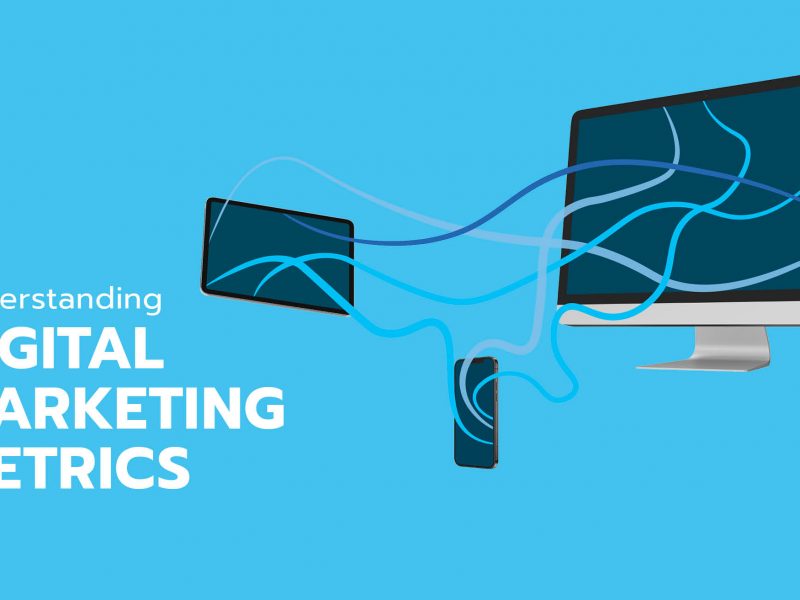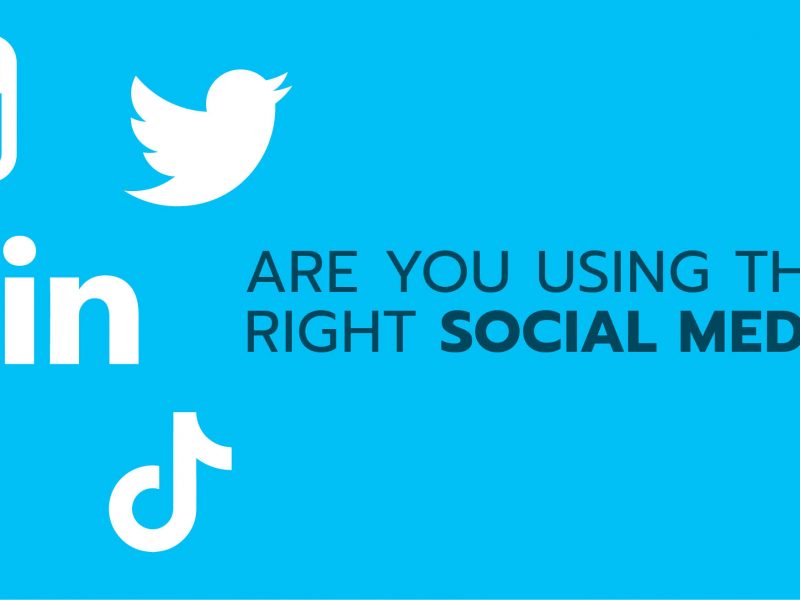
Programmatic TV Advertising
With a commanding $72 billion in ad spend for the TV industry this year it’s hard to think that TV viewership is on the decline especially with the knowledge that more and more people are consuming video content than ever before. One would expect that hearing something like this would relate to an increase in TV viewership. When in reality, both are true.
More video content is being consumed than ever before and TV viewership is down overall. The reason being, users are simply changing the device in which they are consuming this content. Before mobile phones turned a car into an office and before tablets and laptops untethered people from a desk or an outlet, the television set was the primary means for video content and news.
TechCrunch estimates that by 2020 there will be about 6.1 billion smartphones in circulation throughout the world, so it should come as no surprise that digital ad expenditures are expected to widen the gap from traditional TV by about $10 billion this year (2016 recorded the first-year digital spend surpassed TV spend).
What does this shift in viewing habits have to do with programmatic advertising?
To understand how these two things relate we need to first know what programmatic advertising is. Programmatic advertising can be described as the data-driven automation and optimization of audience-based advertising transactions or purchases. As the TV industry further adapts this concept of buying advertising, it will flip the industry standard of measurement or rating points as we know it. Traditionally marketers use these rating points as a way of determining audience size and popularity for their desired program or show. Instead, what programmatic does is bring audience data into play and helps pipe their message directly to their target.
This means that much more information about audience segments and demographics are taken into consideration and help deliver the marketers message to the people who matter most. Instead of relying on the ratings of a specific show, marketers can use a subset of information, like families with a household income over $100,000 and who use Apple based cell phones. They don’t care if the ad shows up on Fox News or a hunting show about foxes, as long as the message was delivered to the target audience.
By now you’re wondering what the difference is with tv and digital platforms. Something called real-time bidding and auctions for digital space are commonly associated with programmatic advertising. On digital platforms they are king, supply is plentiful, and buyers dominate the marketplace.
Real-time ad bidding doesn’t go as hand in hand with the TV market. Supply is much more limited, and the sellers are looking to secure commitments for future programming. At least for now buying TV programmatically isn’t conducted through the same real-time auctions as the digital space but is clear to see the direction it is going and what it will get to soon enough.
So, when this does become the new industry standard who wins with these new capabilities? In the end, the agencies and marketers benefit greatly as the amount of advertising waste is diminished and their message gets delivered much more effectively to the audience of choice. But at the end of the day, the ad tech companies who can facilitate these transactions or real-time bids will be the big winners. Companies like Google and TubeMogul are at the forefront of this tech currently, but it will be the one who develops the most widely used set of programmatic TV ad technology who has the best shot at the biggest slice of the $72 billion.





